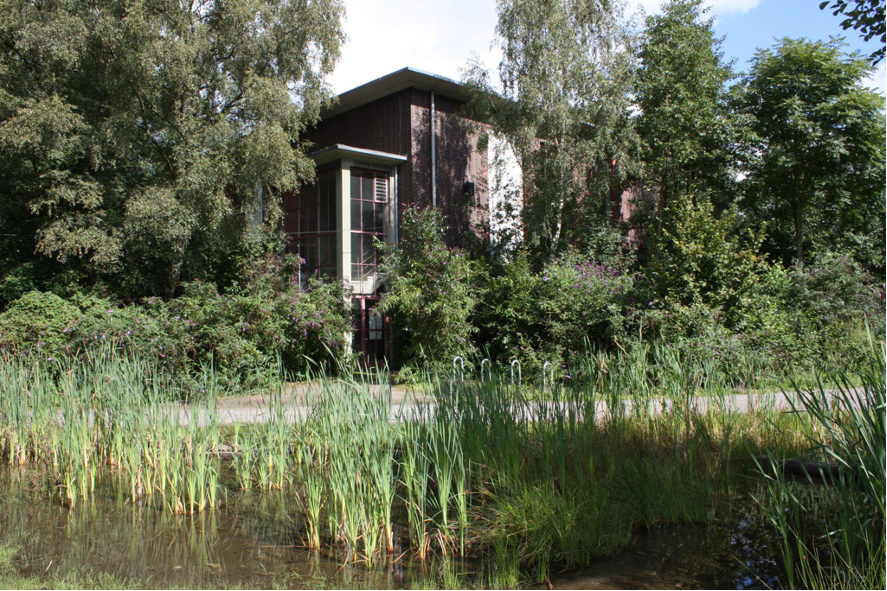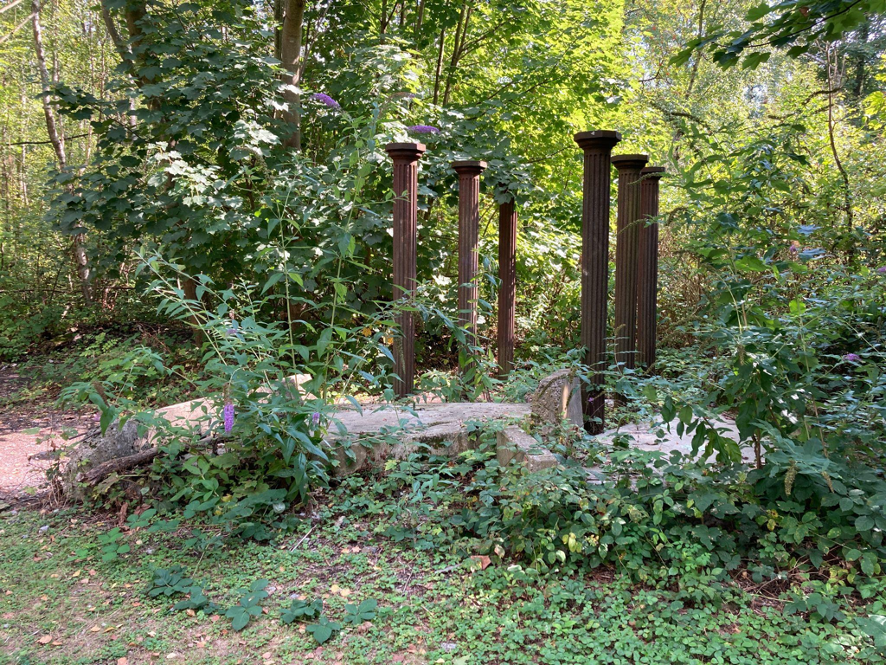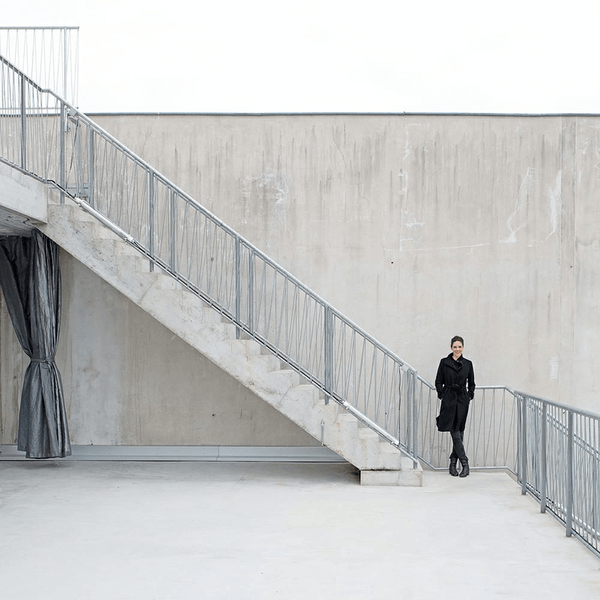 Industrial Forest Project Ruhr area - © Oliver Balke_Barbara Darr
Industrial Forest Project Ruhr area - © Oliver Balke_Barbara Darr Industrial Forest Project Ruhr area - © Oliver Balke_Barbara Darr
Industrial Forest Project Ruhr area - © Oliver Balke_Barbara Darr Industrial Forest Project Ruhr area - © Oliver Balke_Barbara Darr
Industrial Forest Project Ruhr area - © Oliver Balke_Barbara Darr Industrial Forest Project Ruhr area - © Oliver Balke_Barbara Darr
Industrial Forest Project Ruhr area - © Oliver Balke_Barbara Darr
City
Gelsenkirchen
Main actors
Regional Government, National Government, Private Sector, NGO / Philanthropy, Community / Citizen Group
Project area
Metropolitan Area
Duration
Ongoing since 1996
The long-term industrial forest project was successful due to skilfully initiated institutionalisation and personal support from individuals working either in the ministry or as foresters. At the beginning of the project, the industrial forest project was accompanied by a council with experts from science and politics. Later, this role was taken over by the Industriewaldverein e.V., which, however, now has quite aged members. Anchoring the project in the state forestry administration with its broad know-how has provided stability and the foresters have been able to create trust among local residents. The takeover of the project by the Ministry of the Environment in 2021 further strengthened and stabilised it.
External links / documents
On Map
The Map will be displayed after accepting cookie policy
